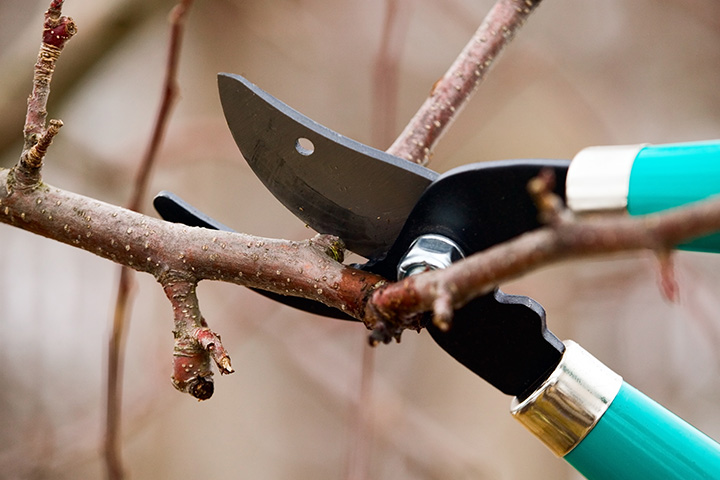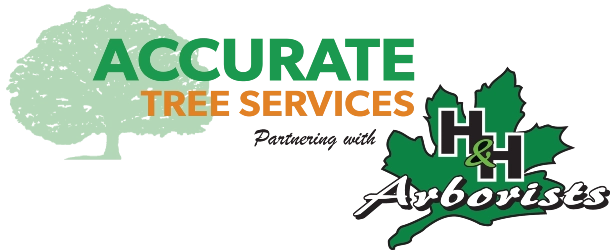
As the grip of winter’s cold weakens and the first hints of spring begin to show, it becomes essential to concentrate on the care and maintenance of our trees. The severe winter weather can leave our trees in need of special attention to help them thrive in the coming season and further into the future. This detailed guide explores the critical role of spring tree pruning, offering guidance on the correct methods, essential dos and don’ts, and the wide-ranging advantages it offers for the health and visual appeal of your landscape.
Significance of Post-Winter Tree Inspections
Prior to discussing the specifics of pruning trees in spring, it’s vital to highlight the importance of inspecting trees after the winter season, especially following storms. Snow accumulation, strong winds, and low temperatures can make trees vulnerable to harm and illness. A thorough inspection by homeowners can reveal any damage, illness, or weakened limbs that might threaten their property or the tree’s well-being. Key issues to be on the lookout for include:
- Broken or Split Branches: These are safety risks and might require removal to avert further harm.
- Dead or Diseased Limbs: Removing these can stop the disease from spreading and improve the tree’s health.
- Cracks in Bark or Trunk Splits: These are signs of potential structural problems that need immediate action.
- Evidence of Pest Infestation: Catching these early can prevent pests from causing significant damage.
Guidelines for Spring Tree Pruning
When it comes to overall tree care, ensuring the health, visual appeal, and longevity of your trees involves proper pruning practices. Pruning with accuracy and caution is essential to prevent any potential damage. Consider these important practices and precautions for spring tree pruning:
Practices to Follow:
- Time Your Pruning: The best period for pruning is in late winter or early spring during the tree’s dormant phase. This timing helps to lower the risk of spreading diseases and supports quicker recovery.
- Maintain Sharp and Sanitized Tools: Using tools that are both sharp and clean ensures precise and clean cuts, minimizing injury and infection risks. Sterilize your tools between uses to curb the spread of pathogens.
- Remove Dead or Diseased Branches: Eliminating these branches is crucial for maintaining the tree’s health and preventing the spread of diseases.
- Cut Beyond the Branch Collar: Performing cuts just outside the branch collar can accelerate healing and decrease the likelihood of decay.
Practices to Avoid:
- Limit Pruning Extent: Avoid removing more than 25% of the tree’s foliage in one pruning session to avoid stressing the tree and impairing its ability to produce food through photosynthesis.
- Avoid Pruning Close to the Trunk: Making cuts too close to the trunk can harm the bark. Preserve the branch collar to enhance the tree’s recovery process.
- Refrain from Topping Trees: Randomly cutting branches to reduce the tree’s height can lead to weak regrowth and make the tree more susceptible to diseases and pest infestations.
- Avoid Pruning in Damp Conditions: Pruning when the tree or the environment is wet can raise the likelihood of spreading diseases. Wait for a dry period to ensure clean cuts and reduce the chance of transmitting pathogens.
Advantages of Pruning Trees in Spring
Adopting correct pruning techniques in spring brings a plethora of benefits for the vitality and beauty of your garden:
- Fosters Vigorous Growth: By eliminating dead or infected branches, the tree can better distribute its resources, encouraging strong and healthy new development.
- Boosts Landscape Beauty: Trimming the tree to a more pleasing shape significantly enhances its look, contributing to the overall charm of your outdoor space.
- Lowers Risk of Damage: Cutting away frail or dangerous branches reduces the chance of damage to property or injury to people when storms or strong winds occur.
- Halts Disease Transmission: Removing diseased branches helps maintain the health of the tree and surrounding plants by preventing the spread of disease.
- Enhances Light and Air Flow: Carefully thinning out the tree’s canopy improves the penetration of sunlight and flow of air, aiding in the tree’s overall health.
Explore Expert Tree Pruning Services
While some homeowners are comfortable handling their own pruning needs, many prefer the assurance that comes with professional services. Here at Accurate Tree Services + H&H Arborists, our team of certified arborists brings a wealth of knowledge and skill, offering premier tree pruning solutions designed to meet your unique requirements. From comprehensive tree assessments to meticulous pruning strategies, we are dedicated to assisting you in cultivating a lush and thriving landscape. Reach out to us today to arrange a consultation for expert tree pruning and embark on the journey to enrich your outdoor space.
Tree Pruning Dos and Don’ts for a Flourishing Landscape in the Greater Madison, WI area
Serving Dane County
Madison | Verona | Fitchburg | Middleton | Monona | Waunakee | McFarland | Sun Prairie | Oregon (WI) | Cross Plains
Stoughton | Cottage Grove | DeForest | Belleville | Mount Horeb
Home » Tree Pruning Dos and Don’ts for a Flourishing Landscape



